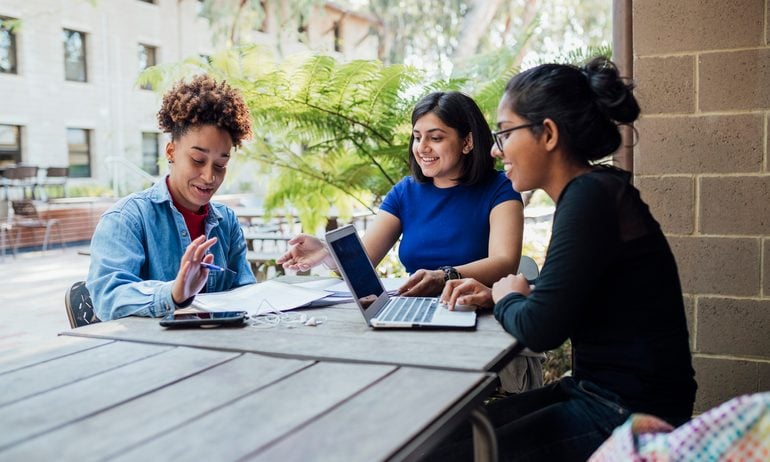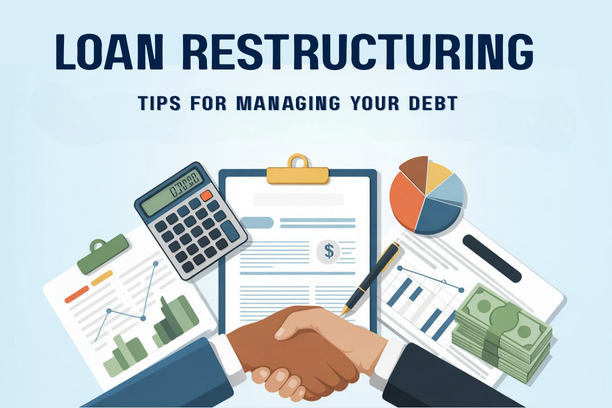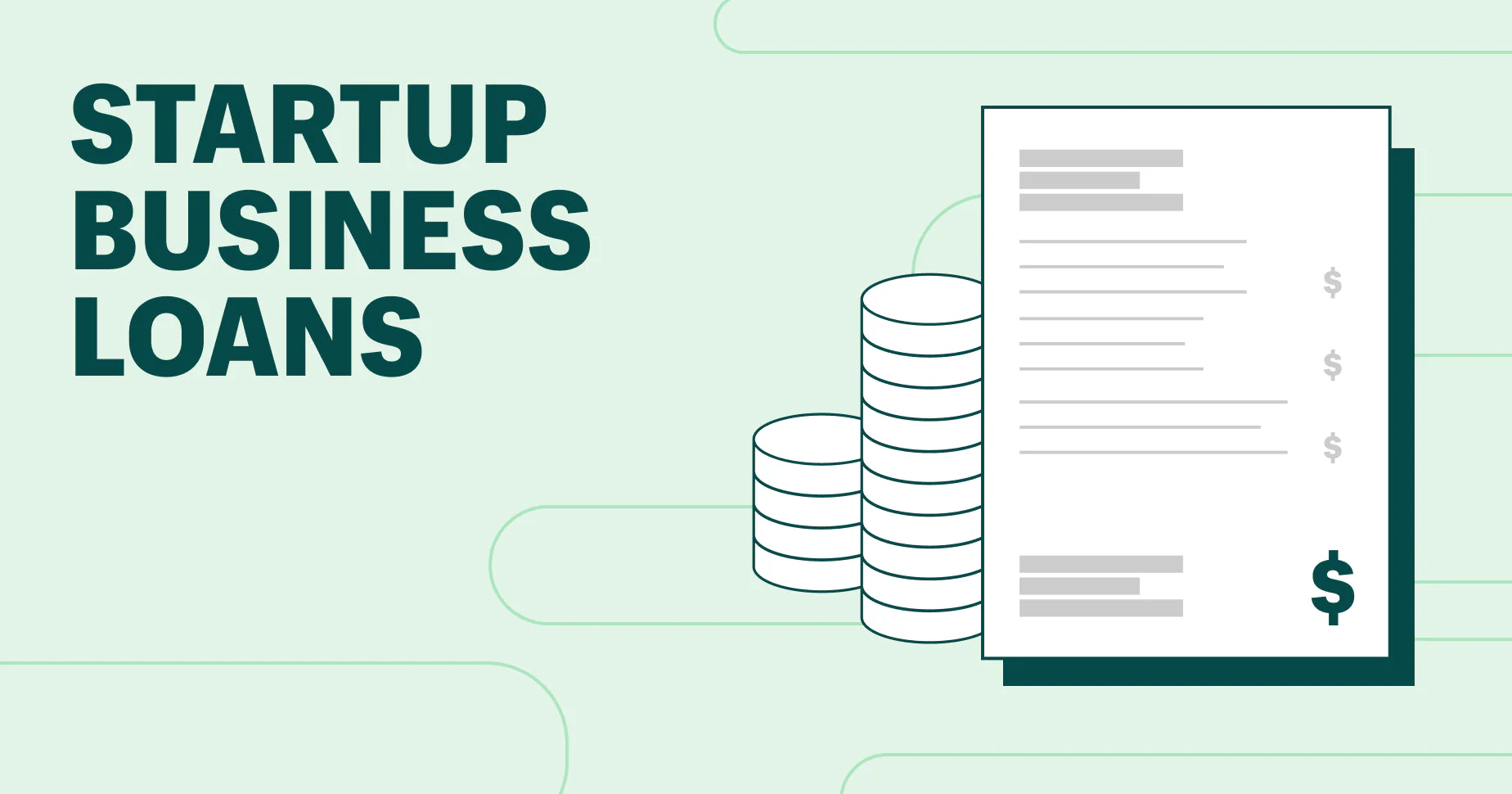The cost of quality education in the Philippines continues to rise, making it a significant financial challenge for many families. For deserving students, a lack of funds should never be a barrier to a college degree. This is where student loans in the Philippines play a vital role, providing the necessary financial support to help young Filipinos achieve their academic and professional dreams. This article delves into the various loan and financing options available, from government-sponsored programs to private sector initiatives, offering a comprehensive look at eligibility, terms, and how to choose the right one for your educational journey in 2025.
Exploring the Landscape of Student Loans in the Philippines
The term “student loan” can encompass a wide range of financial products, and understanding the differences between them is the first step toward making an informed decision. These loans are specifically designed to cover educational expenses and often feature more favorable terms than standard personal loans.
The Role of Student Loans in Philippine Education
In the Philippines, student loans serve as a critical bridge between a student’s potential and their financial reality. They empower students from a wide range of socio-economic backgrounds to access quality tertiary education, which might otherwise be out of reach. Unlike scholarships or grants that do not need to be repaid, a student loan is a form of debt that must be settled after graduation. However, these loans are often structured with a “study now, pay later” model, meaning repayment only begins once the borrower has graduated and secured a stable job. This grace period is a significant advantage, as it removes the immediate financial burden of repayment and allows the graduate to focus on building their career.

The versatility of student loans in the Philippines extends beyond just tuition fees. Many loan programs can also cover other essential educational costs, such as books, school supplies, dormitory fees, and even the cost of a laptop or tablet for online learning. This holistic approach ensures that students have the necessary resources to succeed throughout their college years. The presence of both government and private sector options in the market creates a competitive environment, which often results in a variety of products designed to meet different needs. Whether you are a student, a parent, or a guardian, understanding these diverse offerings is crucial for finding a financial solution that is both affordable and sustainable for the long term.
Key Differences Between Government and Private Lenders
The sources for student loans in the Philippines can be broadly categorized into two main groups: government institutions and private lenders. Government programs, such as those from the Commission on Higher Education (CHED) or the Government Service Insurance System (GSIS), are typically characterized by lower interest rates and more flexible repayment terms. They are often subsidized and are specifically designed to be accessible to a wide range of students, particularly those who are financially disadvantaged. However, they may have a more stringent application process, a longer approval period, and specific requirements related to academic performance or family income.
In contrast, private lenders, which include commercial banks and fintech companies, offer a more commercial approach to student financing. While their interest rates may be slightly higher than those of government programs, they often provide greater flexibility in terms of loan amounts and application requirements. Many private lenders, especially online platforms, have a faster and more streamlined application process, which can be a lifesaver in an urgent situation. They may also be more accommodating to students from a wider variety of schools and courses, unlike some government programs that focus on specific priority courses. The choice between a government and private loan depends heavily on the applicant’s specific needs, financial situation, and the urgency of their funding requirement.
Government-Sponsored Student Loans in the Philippines
Government institutions are a cornerstone of student financing in the Philippines, providing some of the most accessible and affordable loan options for students and their families. These programs are often designed with a strong social and economic development focus.
CHED’s “Study Now, Pay Later” (SNPL) Program
The CHED “Study Now, Pay Later” (SNPL) program is one of the most well-known government initiatives for educational financing. The program’s primary goal is to provide tuition loans to financially challenged but deserving Filipino students, allowing them to complete their studies and only begin repayment once they have graduated and found employment. The SNPL program offers a loan amount that can cover tuition and other school fees, which is a significant relief for families. The terms and conditions are often very favorable, with a low interest rate and a grace period after graduation.
To be eligible for the SNPL program, a student must meet specific criteria:
- Citizenship: Must be a Filipino citizen.
- Academic Standing: Must be an incoming freshman or a continuing student with a good academic record.
- Financial Need: The program prioritizes students from low-income families, with an income threshold that must be met.
- Good Moral Character: Must be of good moral character as certified by the school.
The application process typically involves submitting a filled-out application form along with various documents, including proof of income, birth certificate, and academic records. The application is often processed through the student’s educational institution, which then endorses it to CHED for final approval. The SNPL program represents a vital, low-cost option for those who qualify, making it one of the most beneficial student loans in the Philippines.
Other Government Options: SSS, GSIS, and LANDBANK
Beyond the CHED program, other government institutions also offer educational loans. The Social Security System (SSS) has an Educational Assistance Loan Program (EALP) for its members and their beneficiaries. The loan amount can cover tuition fees and other school expenses, and it is repayable with a low interest rate. The application process is relatively straightforward for active members, and the loan can be a great resource for families who have been consistent in their SSS contributions. Similarly, the Government Service Insurance System (GSIS) offers a Ginhawa for All (GFAL) Educational Loan to active GSIS members and their dependents. This program is a “study now, pay later” scheme with a competitive interest rate and a generous repayment period, including a grace period after the student graduates.
The LANDBANK i-STUDY Program is another excellent government-backed initiative. It is a direct loan program for parents and guardians to help finance their children’s education. This program is particularly beneficial because it is available to parents and guardians, not just the students themselves. The loan can cover tuition fees and other enrollment-related expenses, with a low interest rate and flexible repayment terms. The existence of these diverse government options ensures that there are multiple avenues for families to secure affordable financial assistance for education. When considering student loans in the Philippines, it is always wise to explore these government-sponsored programs first due to their favorable terms and conditions.
Private Sector Student Loans in the Philippines
For those who may not qualify for government programs or are looking for a more flexible and faster application process, the private sector offers a variety of compelling options. These lenders have adapted to the modern needs of students and their families.
Commercial Banks and Their Personal Loan Products
Many major commercial banks in the Philippines, such as BDO, BPI, and Metrobank, do not have a dedicated “student loan” product but instead offer personal loans that can be used for educational purposes. This approach gives borrowers the flexibility to use the funds for tuition, books, or any other school-related expense. The interest rates on these personal loans can be competitive, especially for borrowers with a good credit history and stable income. The repayment terms are also flexible, with options ranging from a few months to several years.
BPI, for example, offers a Special Installment Plan (S.I.P.) for school expenses to its credit card holders. This allows cardholders to convert their tuition payments into manageable monthly installments at a low interest rate. BDO’s personal loan can also be utilized for educational purposes, with the loan amount and terms dependent on the applicant’s financial capacity. The key advantage of using a personal loan from a reputable bank is the trust and security that comes with a well-established financial institution. While the application process may be more rigorous than an online platform, the favorable terms and peace of mind can be well worth the effort.
Fintech Companies and Online Lending Platforms
The fintech sector has revolutionized access to student loans in the Philippines. Companies like Bukas and InvestEd have emerged with a clear focus on student financing, offering fully digital and accessible loan products. Bukas, for instance, provides tuition installment plans that allow students to pay their school fees in 3, 6, 9, or 12 monthly installments. The application process is entirely online, and the approval time is significantly faster than traditional bank loans. The interest rates are competitive, and their system is designed to be student-friendly.
InvestEd is another notable player, offering student loans with a “study now, pay later” model and a unique “Student Success Program” that provides mentorship and career coaching to its borrowers. This holistic approach not only helps students with their financial needs but also supports their professional development. These online platforms are an excellent option for students who need a quick and convenient solution, especially if they are not eligible for government programs or if they attend a school that is not partnered with a specific bank. When considering these options, always ensure that the platform is duly registered with the Securities and Exchange Commission (SEC) to guarantee its legitimacy and your financial safety.
Conclusion
Securing a student loan in the Philippines is a viable and responsible way to finance a quality education. With a wide array of options available, from government-sponsored programs with low interest rates to fast and flexible private sector loans, there is a solution for nearly every student’s situation. By carefully evaluating each option, understanding the eligibility requirements, and choosing a plan that aligns with your financial capacity, you can confidently invest in your education and build a brighter future.













